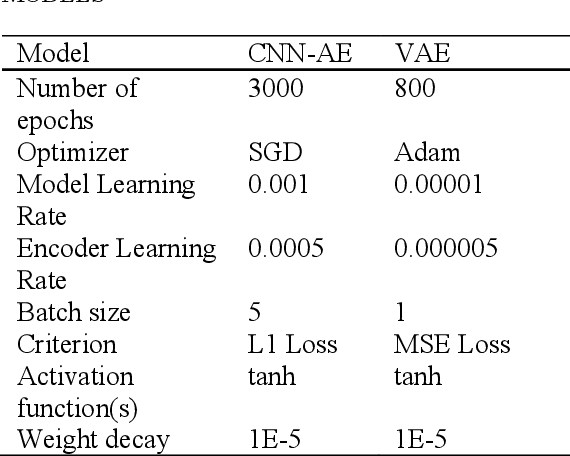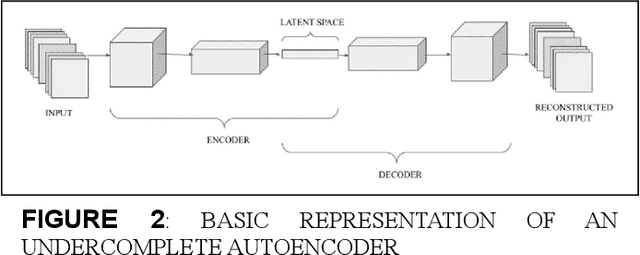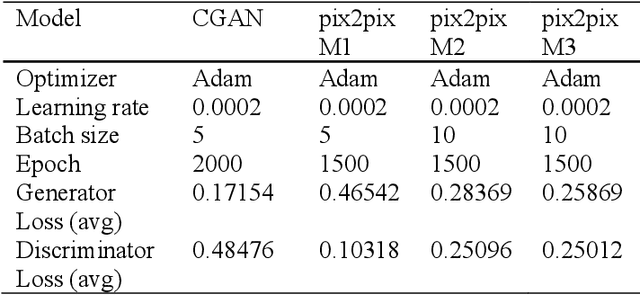Tanishk Nandal
A Synergistic Framework Leveraging Autoencoders and Generative Adversarial Networks for the Synthesis of Computational Fluid Dynamics Results in Aerofoil Aerodynamics
May 28, 2023



Abstract:In the realm of computational fluid dynamics (CFD), accurate prediction of aerodynamic behaviour plays a pivotal role in aerofoil design and optimization. This study proposes a novel approach that synergistically combines autoencoders and Generative Adversarial Networks (GANs) for the purpose of generating CFD results. Our innovative framework harnesses the intrinsic capabilities of autoencoders to encode aerofoil geometries into a compressed and informative 20-length vector representation. Subsequently, a conditional GAN network adeptly translates this vector into precise pressure-distribution plots, accounting for fixed wind velocity, angle of attack, and turbulence level specifications. The training process utilizes a meticulously curated dataset acquired from JavaFoil software, encompassing a comprehensive range of aerofoil geometries. The proposed approach exhibits profound potential in reducing the time and costs associated with aerodynamic prediction, enabling efficient evaluation of aerofoil performance. The findings contribute to the advancement of computational techniques in fluid dynamics and pave the way for enhanced design and optimization processes in aerodynamics.
Parameterization of Forced Isotropic Turbulent Flow using Autoencoders and Generative Adversarial Networks
Jul 08, 2021



Abstract:Autoencoders and generative neural network models have recently gained popularity in fluid mechanics due to their spontaneity and low processing time instead of high fidelity CFD simulations. Auto encoders are used as model order reduction tools in applications of fluid mechanics by compressing input high-dimensional data using an encoder to map the input space into a lower-dimensional latent space. Whereas, generative models such as Variational Auto-encoders (VAEs) and Generative Adversarial Networks (GANs) are proving to be effective in generating solutions to chaotic models with high 'randomness' such as turbulent flows. In this study, forced isotropic turbulence flow is generated by parameterizing into some basic statistical characteristics. The models trained on pre-simulated data from dependencies on these characteristics and the flow generation is then affected by varying these parameters. The latent vectors pushed along the generator models like the decoders and generators contain independent entries which can be used to create different outputs with similar properties. The use of neural network-based architecture removes the need for dependency on the classical mesh-based Navier-Stoke equation estimation which is prominent in many CFD softwares.
 Add to Chrome
Add to Chrome Add to Firefox
Add to Firefox Add to Edge
Add to Edge